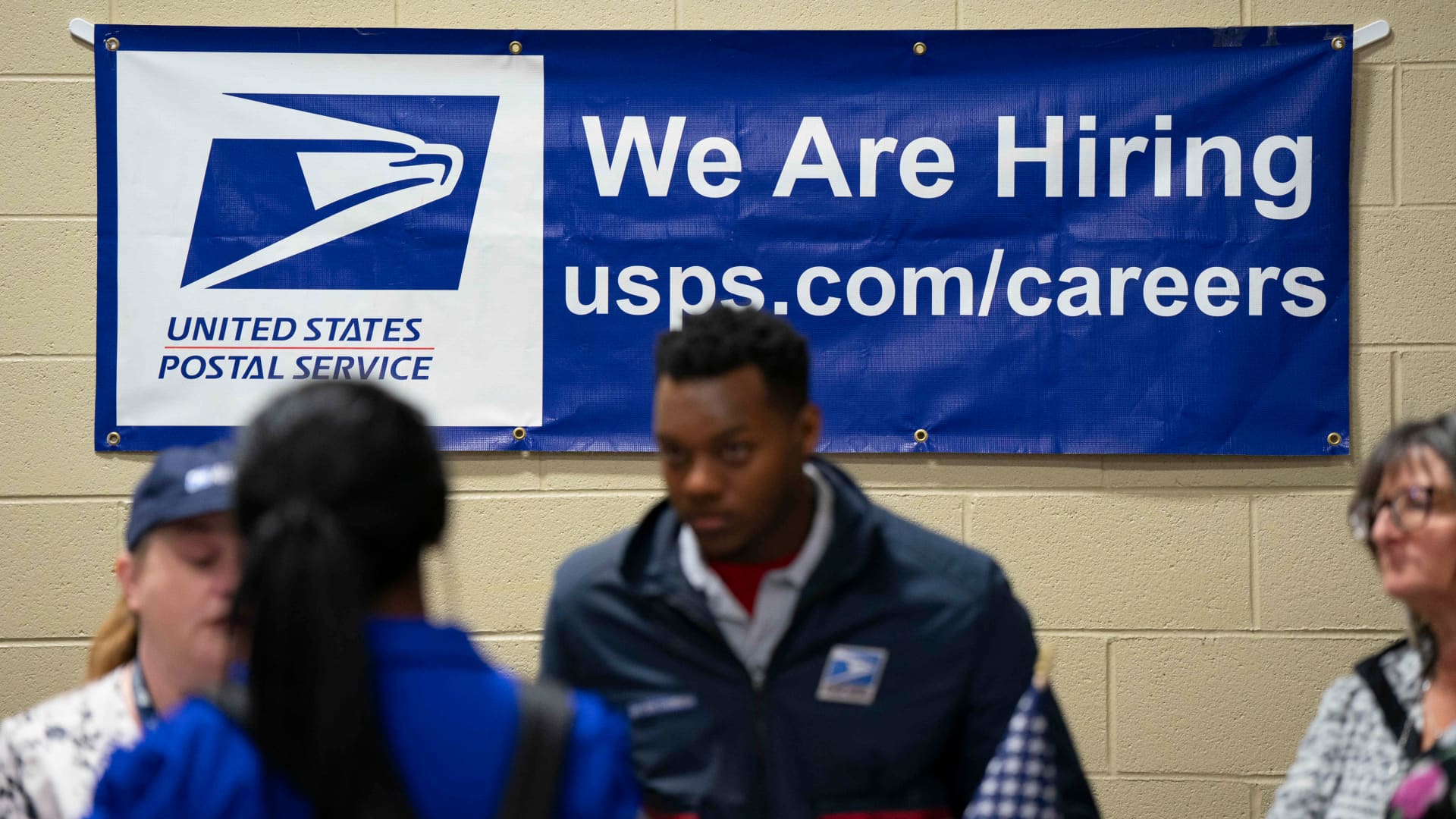Unpacking the Role of AI in Today’s Labor Market Dynamics
Artificial Intelligence (AI) is increasingly woven into the fabric of labor markets worldwide, reshaping how work is done, influencing job creation and displacement, and transforming economic landscapes. Within the context of the May 2025 U.S. labor market snapshot, understanding AI’s evolving impact offers critical insight into ongoing employment trends and the future trajectory of work.
AI as a Catalyst for Sectoral Shifts and Job Growth
The May report highlighted growth in sectors like healthcare, transportation, warehousing, financial activities, and social assistance—areas where AI integration plays a significant role. In healthcare, AI enhances diagnostic accuracy, streamlines administrative tasks, and supports telemedicine, thereby expanding service capacity and employment opportunities. Similarly, transportation and warehousing benefit from AI-driven logistics optimization, autonomous vehicles, and predictive inventory management, boosting efficiency and creating new technical and operational roles.
Financial activities increasingly rely on AI for risk assessment, fraud detection, and algorithmic trading, demanding a workforce skilled in data science and cybersecurity. Social assistance sectors utilize AI to personalize care plans and improve resource allocation, which both complements human efforts and calls for training in emerging technological tools. AI’s infusion into these sectors underscores how technological advancement can drive job creation in specialized fields, supporting the structural economic shifts seen in the labor market.
AI’s Influence on Hiring Patterns and Labor Market Caution
While AI fosters new roles, it also introduces uncertainty in hiring. The cautious hiring pace reflected in the May jobs report aligns in part with employers navigating how to balance human labor with automation. AI-driven efficiencies may displace routine or repetitive jobs—particularly in manufacturing or administrative support—prompting firms to reconsider workforce size and skills composition.
Moreover, AI’s enhancement of productivity could lead to declining demand for certain labor inputs without immediate replacement, contributing to the deceleration of payroll growth. This dynamic integrates with external factors such as tariffs and government policy shifts, amplifying employer hesitancy amid complex economic signals.
Labor Force Participation and AI’s Dual-Edged Impact
The subtle contraction in labor force participation noted in the May report may partly reflect the challenges workers face adapting to an AI-transformed job market. Displacement risk and the need for retraining could discourage some individuals from actively seeking employment, especially if re-skilling programs are insufficient or inaccessible.
Conversely, AI also creates opportunities for re-entry and upskilling by enabling remote work, personalized learning platforms, and job matching algorithms, which can lower barriers to participation. The interplay of these forces suggests a nuanced impact of AI on labor force engagement, where support mechanisms and policy interventions could tip the balance toward increased inclusivity and workforce resilience.
Broader Economic and Policy Implications of AI Integration
The cautious tone of employers in the May report reflects an awareness of AI’s disruptive potential coupled with its promise. Policymakers and business leaders are tasked with fostering innovation while mitigating labor market frictions. Investments in education, vocational training, and lifelong learning tailored to AI-related skills become paramount to preparing workers for evolving roles.
Simultaneously, regulatory approaches must adapt to new labor market realities shaped by AI, balancing protections with incentives for innovation. The Federal Reserve’s outlook on economic cooling also implicitly reflects uncertainties tied to technological disruption, reinforcing the need for vigilant, adaptive economic stewardship.
Charting the Future: AI as a Harbinger of Labor Market Transformation
The intersection of AI and the labor market is both a challenge and an opportunity. The May 2025 jobs report reveals a market still robust but tempered by caution—an environment in which AI’s influence is a critical undercurrent shaping hiring trends, sectoral growth, and workforce participation.
Navigating this AI-infused labor landscape calls for strategic foresight and agile adaptation across sectors. Its potential to enhance productivity and create new economic value is immense, yet the path forward demands thoughtful integration of technology, proactive workforce development, and responsive policy frameworks. As AI continues to evolve, so too will the contours of work—ushering in a new chapter of economic and social complexity that requires ongoing engagement and innovation.

